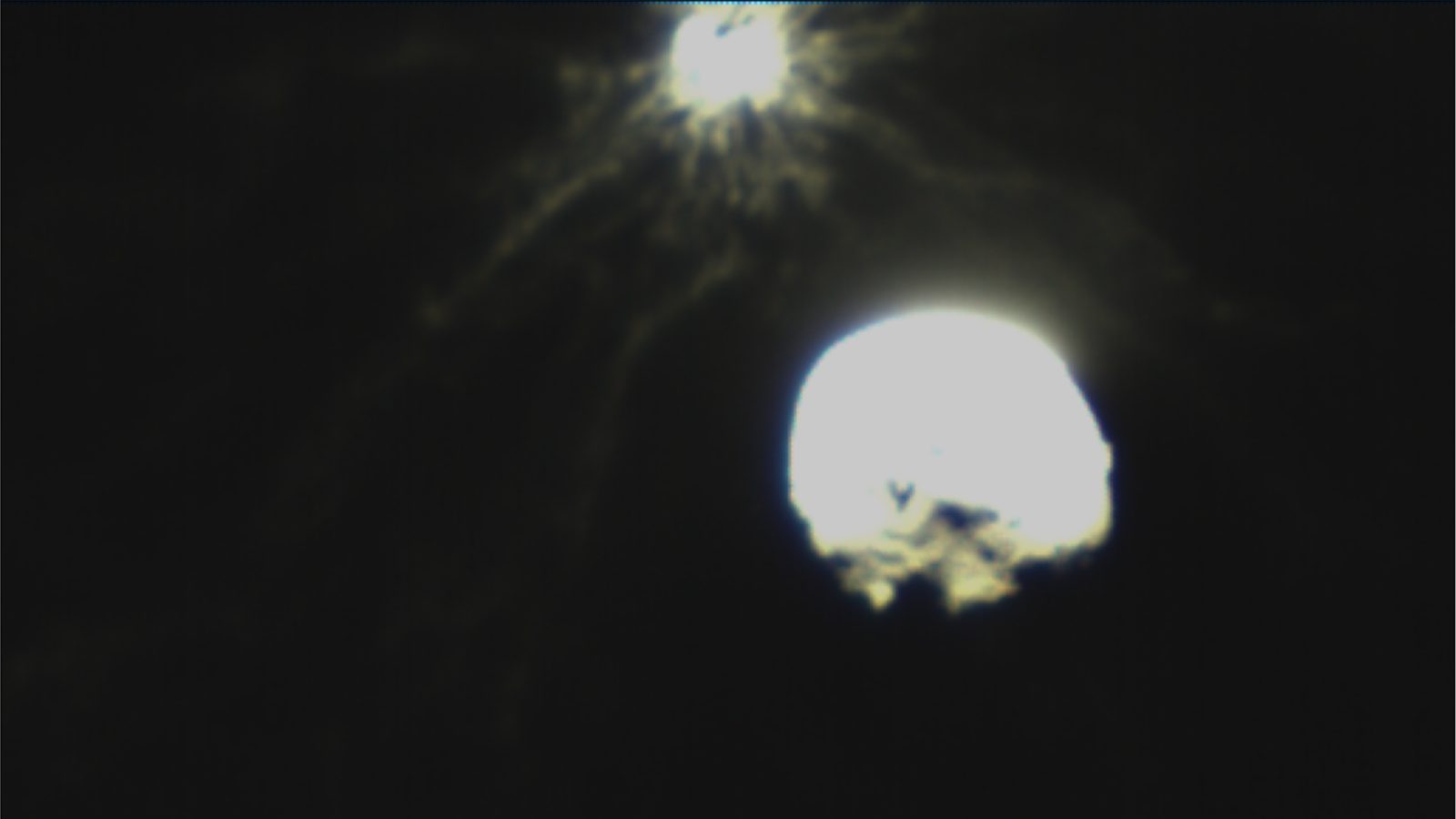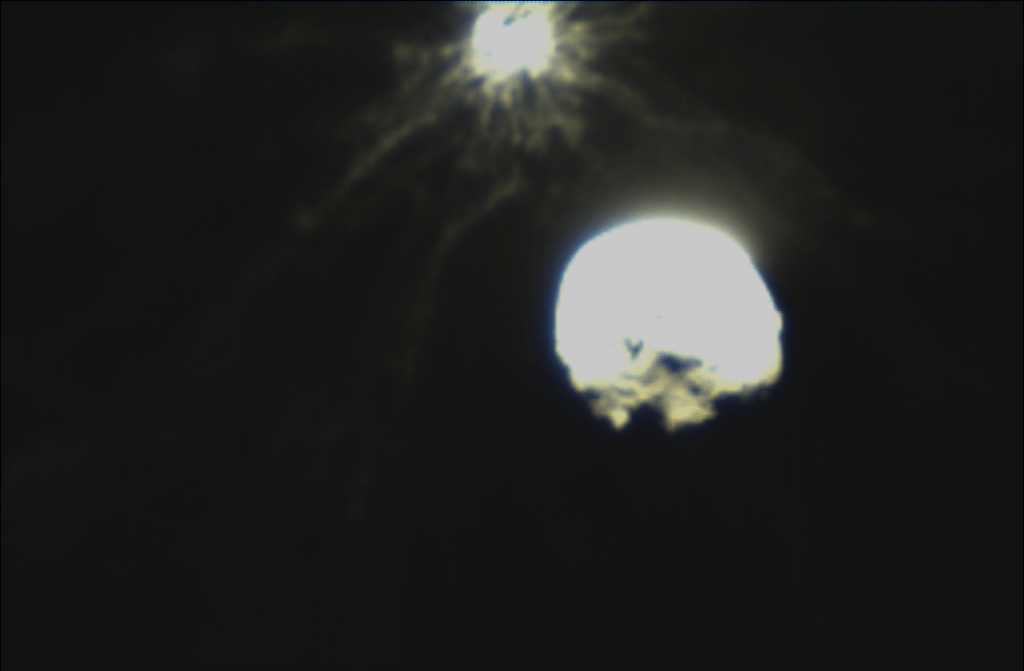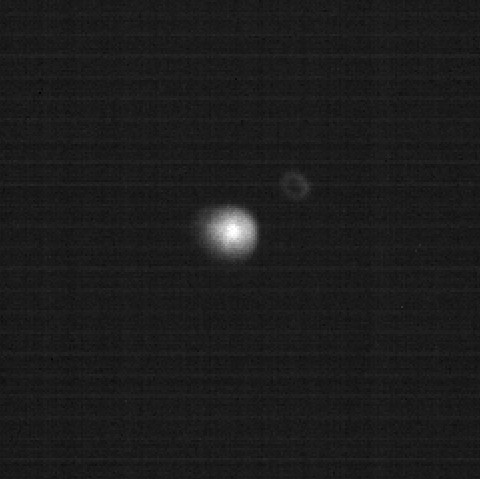
Monday evening, NASA’s DART mission finished its goal by smacking full speed into a little asteroid moonlet called Dimorphos. This mission has one goal: prepare humanity incase a killer asteroid is found.
First test of planetary defense capabilities
NASA’s Double Asteroid Redirect Test, aka DART (for once, a NASA acronym makes sense and is cool), was a planned mission to see if it’s possible to change another planetary body’s orbit with an impact. A popular Hollywood plot for sci-fi disaster movies, NASA has finally tested the theory in the real world.
Launched last November, DART is a small spacecraft that spent most of its lifetime coasting until Monday at 7:19 p.m. EDT when it came to a quick halt. Its destination was a small moonlet of an asteroid called Dimorphos. This little planetary body is about 6.8 million miles from Earth, which in the scale of the universe, is right next door. Dimorphos’ parent asteroid, Didymos, isn’t a threat to Earth and will remain so now that its moon has been smacked upside the head by DART.
Views of DART’s impact blow minds
Both ground telescopes and spacecraft were able to get views of DART’s impact. One, in particular, got a front-row seat.
Called LICIACube and provided by the Italian Space Agency (Agenzia Spaziale Italiana, ASI), the spacecraft was deployed by DART shortly before impact. LICIACube captured both before and after images of Dimorphos but most interesting to us, it got the moment of impact. Minor note for the Star Wars fans, the two cameras on LICIACube are called Luke and Leia.

There is also a gif that shows before and after images of Dimorphos from the Leia camera. Notice that Dimorphos has now gotten brighter, sharing some insight into what sort of material was under its surface.

Now we wait for results. DART’s mission of being able to smack into the side of an asteroid was successful, something I was honestly surprised by when watching the stream. But the grand experiment of seeing if we can change an orbit with an impactor will take some time as astronomers continue to observe the Didymos system.
How likely is this to be needed for real?
While NASA has yet to detect any asteroid of the right size capable of causing widespread damage to Earth, that doesn’t mean one isn’t out there. There is almost no way to find every near Earth object in our solar system, but NASA believes the chance of it happening is slim. However, I guess it’s good to know that this won’t be our first rodeo if a threat does show up.
FTC: We use income earning auto affiliate links. More.




Comments